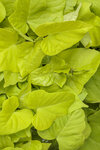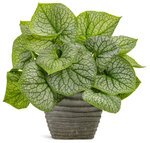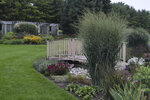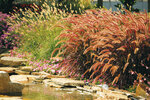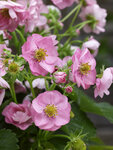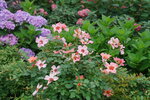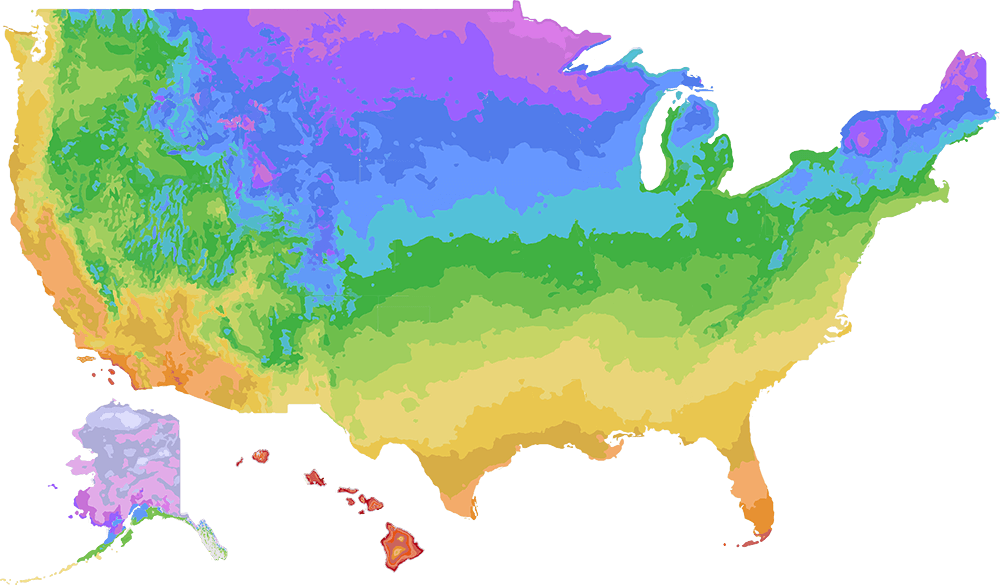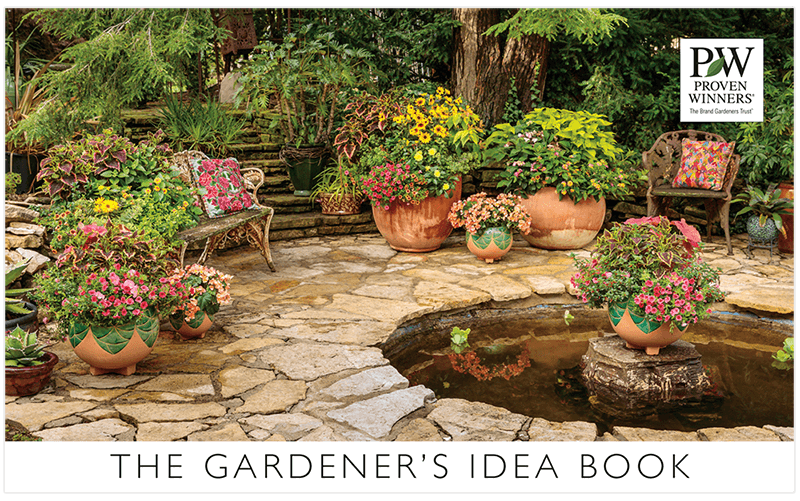All Articles
For long-lasting color and sheer drama in the landscape, few plants rival ornamental sweet potato vine (Ipomoea batatas). Grown for its showy, exotic-looking foliage, this fast-growing heat lover comes in various colors and forms.
Have you been wondering how you can make the front of your home look more welcoming? Explore these ten ways you can enhance the exterior of your home, from simple steps you can take today to boost curb appeal, to bigger projects that will require a little more time and muscle.
Many gardeners, including me, love to have flower beds bursting with color all season long. As you might guess, there are thousands of annuals, perennials, and shrubs available to plant in your garden. While we all have favorite plants that we return to year after year, it’s also great fun to add new options to your plant palette. Brand new plants are often a sirens call but don’t overlook older plants that just haven’t quite taken off yet. Here are 12 plants that deserve a chance to steal your heart. Once they’ve taken root in your garden and your heart, be sure to share the secret with your friends!
Wondering which plants are good for foundation plantings? We’ve picked out ten easy to grow perennials and shrubs that thrive in average garden conditions and will look great planted in front of your house. Let’s take a closer look.
Are you looking to replace your boxwood shrubs with something more disease resistant? Here are eight recommended substitutes that will give you a similar look without all the fuss.
When Proven Winners® was created, the main principle was to introduce innovative plants with great garden performance. We work hard every day to make this vision a reality. The person most responsible for delivering on these principles is our Plant Hunter, Kevin Hurd. Kevin and his team search the world for interesting new plants to trial for Proven Winners. It’s a very cool, unusual and stressful job. His endeavors are the linchpin for our continued success. Here’s a bit of an insider look into how Proven Winners continues to introduce great new plants for gardeners – written in Kevin’s own words.
The most common questions we get about how to care for ornamental grasses are when and how to plant, cut back and divide. Here are tips and techniques on how to maintain ornamental grass in your garden.
Have you ever wondered what kind of flowers you can grow to eat? Check out this list of 10 best edible flowers from our collection.
Roses are obviously beautiful, but notoriously terrifying to care for. We introduce roses that are easier to grow and enjoy! We choose roses with good disease resistance, long bloom times, and self-cleaning natures (goodbye deadheading!). Your garden will look like it’s maintained by professionals. We’ve made a guide to help you garden with confidence and get the most out of your Proven Winners ColorChoice roses.
Using the best potting soil is a simple way to get your outdoor container gardens off to a great start.



